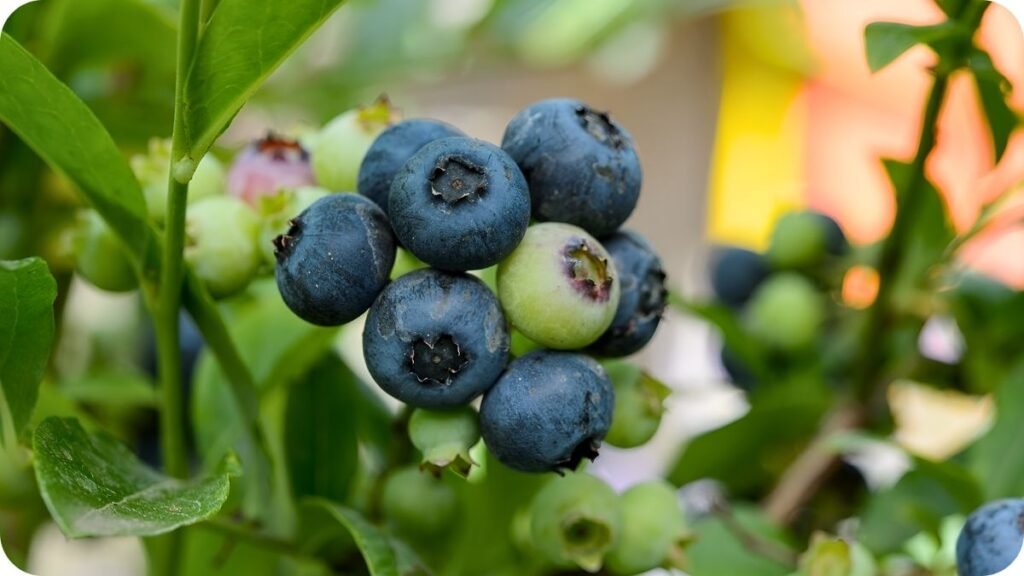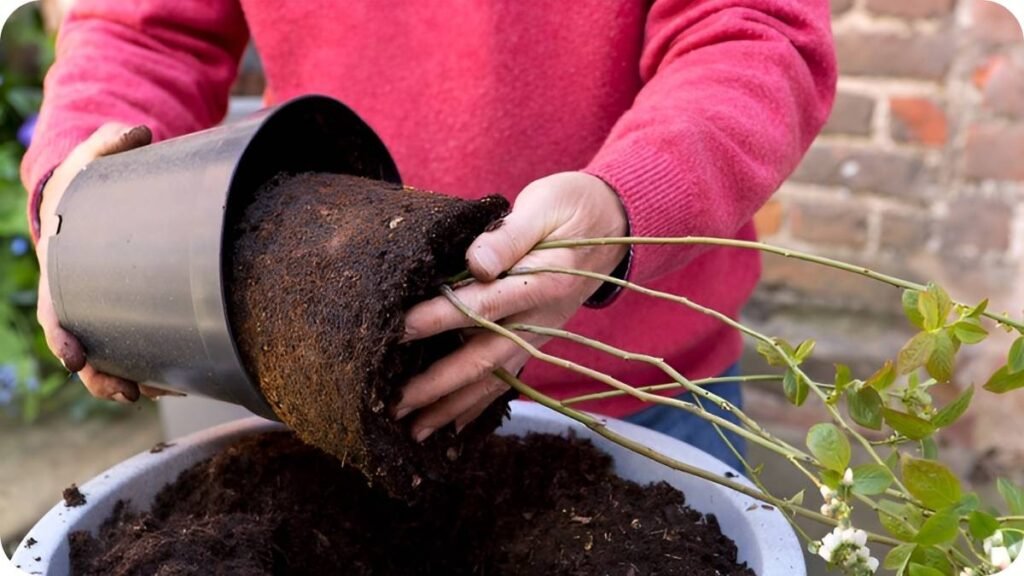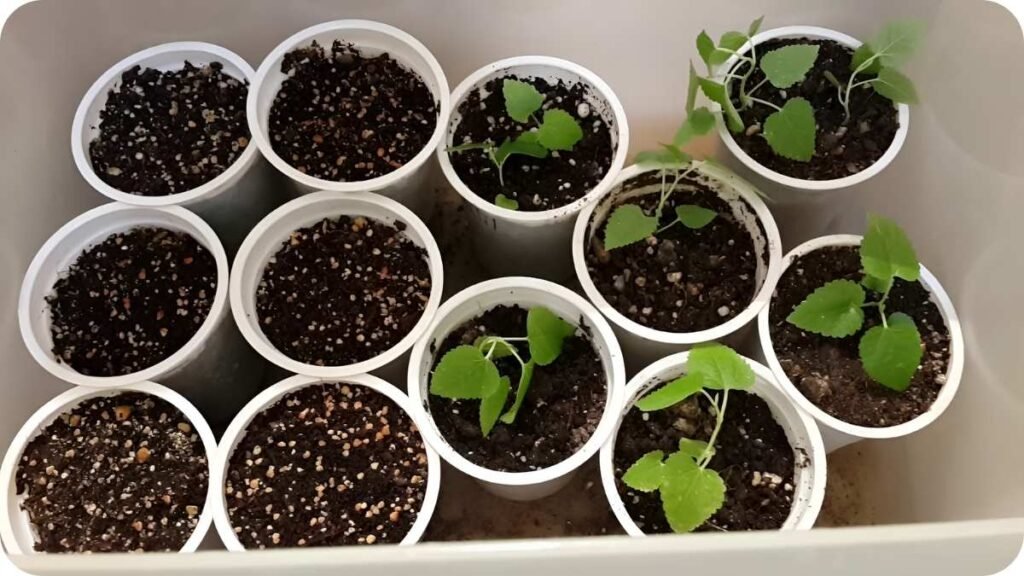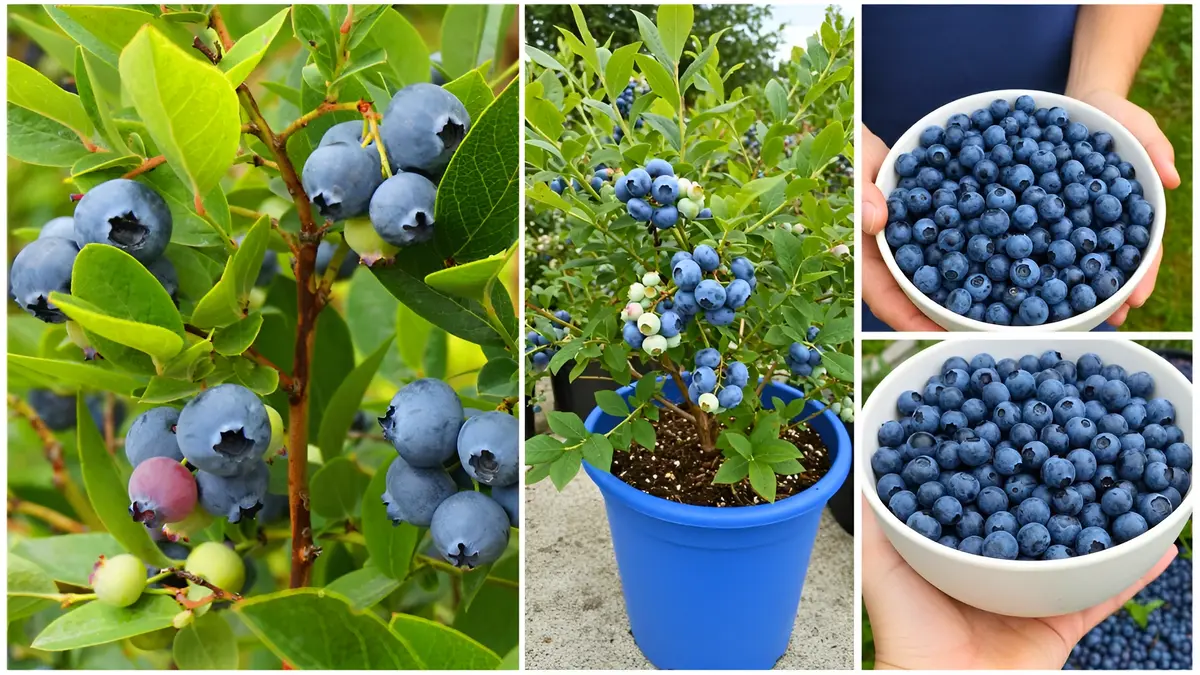Growing blueberries at home can be a rewarding experience, especially when you see those first clusters of ripe, juicy berries. While many gardeners prefer to plant blueberry bushes directly, starting blueberries from seed can be a fun and cost-effective way to expand your garden. This guide will walk you through everything you need to know about planting blueberry seeds successfully, from seed preparation to care tips.
Understanding Blueberry Seeds and Their Challenges
Blueberry seeds come from the small, tiny seeds inside each berry. Unlike planting established bushes, growing blueberries from seed requires patience and care. Blueberry seeds have a natural dormancy period that must be broken for successful germination, and the process can take several weeks to months.

One of the biggest challenges is ensuring the right soil acidity and moisture levels. Blueberries naturally thrive in acidic soils with a pH between 4.5 and 5.5, so mimicking this environment is crucial when planting from seed.
Preparing Blueberry Seeds for Planting
Before planting, you’ll need to extract the seeds from fresh or dried blueberries. Here’s how to do it:

- Mash ripe blueberries and soak them in water for a day.
- Strain the pulp through a fine sieve to separate seeds from pulp.
- Rinse seeds thoroughly to remove any residual fruit.
- Allow seeds to dry on a paper towel for a day or two.
After drying, seeds benefit greatly from a process called stratification, which simulates natural winter conditions and breaks seed dormancy.
Stratification Process
- Place the seeds in a moist paper towel or peat moss inside a sealed plastic bag.
- Refrigerate them for about 60 to 90 days at a temperature between 1-5°C (34-41°F).
- Check periodically to ensure the medium remains moist but not soaked.
Stratification tricks your seeds into “waking up,” increasing the chances of germination once planted.
Choosing the Right Soil and Containers
Blueberries prefer well-drained, acidic soil. If your garden soil is not naturally acidic, you can amend it by adding peat moss or using an acidic potting mix. A pH testing kit can help you monitor soil acidity.

When starting seeds indoors, small pots or seed trays work best. Fill them with the acidic mix, moisten lightly, and plant seeds about 1/8 inch deep.
Here’s a simple comparison table for soil types suitable for blueberries:
| Soil Type | pH Range | Drainage | Notes |
|---|---|---|---|
| Peat Moss Mix | 4.0-5.0 | Excellent | Ideal for blueberries |
| Sandy Loam | 4.5-5.5 | Good | Add organic matter for acidity |
| Garden Soil (Amended) | 4.5-5.5 | Variable | Test pH and adjust if necessary |
Planting Blueberry Seeds Step-by-Step
Once seeds are stratified and soil is ready, follow these steps:
- Fill containers with acidic soil mix.
- Plant seeds 1/8 inch deep; cover lightly with soil.
- Water gently but thoroughly.
- Cover the containers with plastic wrap or a humidity dome to retain moisture.
- Place containers in a warm location with indirect sunlight.
- Maintain soil moisture by misting regularly.
Germination typically takes 4 to 8 weeks. Be patient and avoid disturbing the soil.
Caring for Blueberry Seedlings
Once seedlings emerge, it’s important to care for them properly to ensure strong growth:

- Gradually introduce seedlings to more light, ideally 12 to 14 hours of bright indirect sunlight or use grow lights.
- Keep soil consistently moist but not soggy.
- When seedlings develop two to three sets of true leaves, consider transplanting them into larger pots.
- Fertilize lightly with a fertilizer formulated for acid-loving plants.
- Avoid overwatering to prevent root rot.
Transplanting Seedlings to the Garden
After one or two growing seasons indoors, blueberry plants can be moved outside. Choose a spot with well-drained, acidic soil and full sun (6 to 8 hours daily). Harden off seedlings by gradually exposing them to outdoor conditions over one to two weeks.
Blueberries also benefit from mulch, which helps retain soil moisture and maintain acidity. Pine needles, wood chips, or shredded bark work well.
Tips for Successful Blueberry Growth
Growing blueberries from seed requires patience but offers great satisfaction. Here are a few extra tips:

- Plant several seeds to increase the chances of at least some germinating.
- Maintain consistent acidity; avoid soils that are neutral or alkaline.
- Protect young plants from birds and pests with netting or row covers.
- Water during dry spells, especially during flowering and fruiting.
Common Problems and How to Avoid Them
- Poor Germination: Often due to seeds not being properly stratified or soil pH too high.
- Root Rot: Caused by overwatering or poor drainage.
- Pests: Birds, aphids, and spider mites may attack seedlings and berries.
- Nutrient Deficiencies: Yellowing leaves indicate nutrient imbalances; use appropriate fertilizers.
Summary Table: Blueberry Seed Planting Timeline and Care
| Stage | Duration | Key Actions |
|---|---|---|
| Seed Preparation | 1-2 days | Extract seeds, dry |
| Stratification | 60-90 days | Refrigerate moist seeds |
| Germination | 4-8 weeks | Plant seeds, maintain moisture |
| Seedling Care | Several months | Provide light, water, fertilize |
| Transplanting | After 1-2 years | Harden off, plant outside |
| Fruit Production | 2-3 years after planting | Regular care, protect plants |
Growing blueberries from seed takes time but can be a fun project for any home gardener eager to nurture plants from the very beginning. With the right preparation and care, you can enjoy fresh blueberries straight from your own garden.
